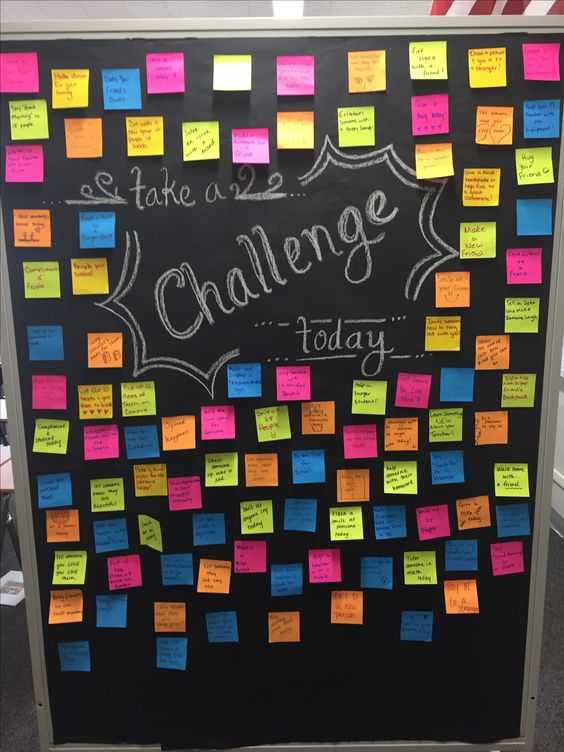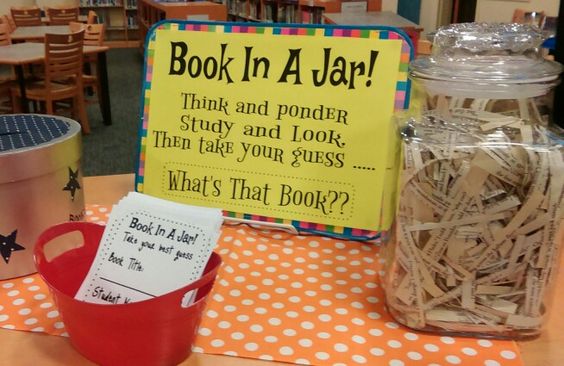For years, I struggled with managing my chatty classroom, trying to maintain control and keep my students quiet. Then, one day, I decided to stop shushing them, and the transformation was incredible. This is the story of how I let my students’ voices be heard and changed my teaching philosophy for the better.
It All Began With a Decision
I had grown tired of constantly battling noise levels in my classroom. It drained me emotionally and mentally, often overshadowing the joy of teaching. One day, I made a conscious choice to stop shushing my students and instead find a way to embrace their chatter. Little did I know what awaited me on this unconventional journey.
A New Approach
Instead of suppressing their natural urge to communicate, I decided to harness it into something productive. First, I set clear expectations about when talking was appropriate and when it was not. Surprisingly, once students knew they would have their moments to talk freely, they were more attentive during quieter times.
On top of that, I incorporated more group work and interactive activities into our daily routine. These sessions allowed students to engage with one another actively while working on projects and discussing topics related to the curriculum.
Unexpected Results
Once I stopped shushing my chatty classroom, several fantastic changes began to unfold. My students were more engaged in lessons because they had plenty of opportunities for conversation woven throughout their day. Their comprehension skills improved as they actively participated in discussions rather than being passive learners.
Moreover, peer support within the classroom rose significantly due to increased collaboration between students. This led to stronger camaraderie among classmates and created an inclusive learning environment where everyone felt valued and heard.
A Changed Teaching Philosophy
Not only did these changes positively impact my students’ academic performance but also redefined how I approached teaching entirely. By allowing my chatty classroom to flourish, I learned that fostering an environment where students communicate and share ideas is crucial for their learning journey. This mindset change allowed me to grow as an educator, making me more empathetic and open to new teaching strategies.
In Conclusion
What started as a simple decision to stop shushing my chatty classroom transformed it into a lively, productive, and inclusive space for learning. Embracing the students’ natural chatter meant better engagement, collaboration, and academic results. As educators, it is essential to remember that fostering an environment where students feel heard and respected can make all the difference in their growth and success throughout their academic careers.







